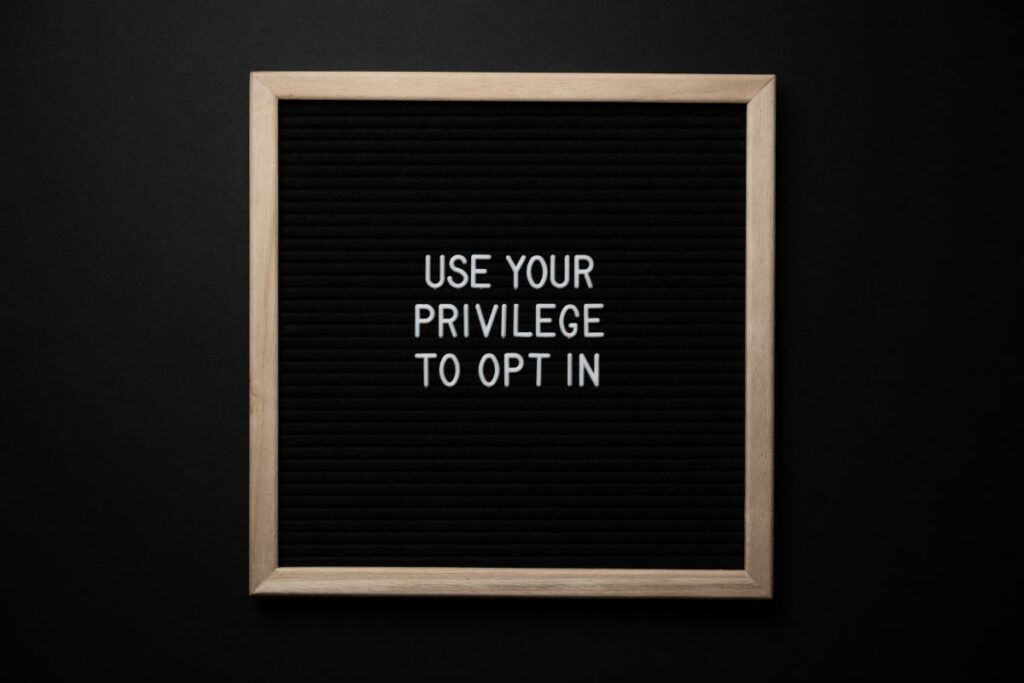I am a first-generation Canadian woman with my ancestry rooted in a vibrant Punjabi culture that I have pieced together through grandiose stories from my mother. With parents that took a risk and crossed oceans to start a new life in a foreign land, ironically they have always encouraged I take the road most travelled. A university degree, a practical career, and a stable employer. The trifecta of success.
My experience is probably not as unique as I would like to imagine. Yet the formula for success may be skewed. In Canada, women still earn $0.89 for every $1 a man makes.
Hina Ahmed
This becomes even more dismal for women of color. A racialized woman working full-time, full-year earns an average of 33% less than a non-racialized man, or $0.67 to the dollar. If you are a woman of color, or perhaps an individual that is non-binary, or are living with a disability, this probably seems like a movie you have watched before. You know the scene, and you are the main character!
There are so many efforts being led on both an international and local level (Check out the Equal Pay Coalition). However the systems of how this is setup are rooted in how we are taught about the concept of “work” at a young age. My mother has the privilege of having five daughters. I say privilege because she has had the ability to teach us what she truly believes and raise us in an environment where she has allowed us to grow in our power. Despite the struggles for her own freedom, she has never let it be a barrier to ours. To me, work meant freedom – the freedom to financially support the lifestyle I wanted.
At this point I have to acknowledge my own privilege. I was able to work towards a University education, and a post-graduate degree. I had the flexibility to work where I wanted. I applied my parents’ formula – a practical degree, a university degree, a practical career and a stable employer. However I noticed the formula is not created equal. Even in the public sector, often with intentional policies for equal pay, University educated women of color make 12% less than their male counterparts.
So what does this all mean since giving up is not an option?
The gender wage gap will not go away overnight. Here are a few practical tips that you can implement in how you think about the work that you are doing, and how you show up for those around you as an ally to those that are systematically setup to not succeed in the traditional workplace. Let’s face it – most traditional workplaces are made around the life of a man, that has someone taking on life responsibilities at home, and the luxury of often not having to wear many hats.

Question “Why it is the way it is?”
Before the COVID-19 pandemic, most of us were going into the office five times a week, with the concept of remote work being a luxury item only available to a few organizations. However we learned during the pandemic, with many companies operating mostly remotely that it was possible to have a different reality. I have heard both sides of the equation on how that impacted women in the workforce, knowing that in the North American context the division of labour at home is still very much unequal. For example, a survey in 2017 found that when it comes to work at home, 61% of women still take on the main role of doing laundry at home (with only 7.7% men being the lead on this), and 46.2% of woman take on the main house chores (with only 8.6% men being the main lead on this). During the height of mostly working from home I have heard some female friends share that it was a blessing because of having the flexibility of not commuting and being able to do small tasks around the house on breaks. While others have shared that it became an even stronger reason of feeling like they were “at home” so could contribute more than their partner with household responsibilities.

This goes to the main question – why is the workplace designed the way that it is? Why can’t we continue to offer flexibility for those that might be wearing many hats, and that working late in an office space is not necessarily the definition of a “successful employee”.
Look at the barriers, and not the people
Men will apply for jobs even if they are only 60% qualified, whereas women will wait to meet that list of requirements 100%. I am sure you have heard this through various articles and in motivational books. Although this is not a novel idea, what is always a good idea is to know your value. I know how to design inclusive programs because of all of the tables I was not invited to. However I know I can’t just focus on the people that don’t invite me to the table, I need to know my value and where I deserve to be.
So many people focus on the people holding them out from the spaces they want to be in their career. However knowing how the system works, and focusing on the barriers that exist within an organization helps you make one of two decisions. Do you have a plan to showcase your skills in this organization so you can help remove barriers for you and others like you, or do you think your skills would be better utilized in another place where the impact will be greater in removing those barriers?
Know your worth. No one will be able to understand that better than yourself. Systemic change will come, when we all start focusing on the barriers, rather than just the people.
Invest in the future of the next generation
I think it is beautiful that my mother always equated work to freedom. I am very grateful she did. The option of choosing this for myself is another privilege I don’t take lightly. However the barriers that exist for women, and others that are disadvantaged systemically through how we design workplaces and expectations we create, are not ones that we might be able to change in our lifetime.
This is not a dismal view of the world, but rather a realistic one of what we have ahead.
Hina Ahmed
The hope for people that form a community for a cause, and want to help others that are struggling is that every generation has it a bit easier. So our responsibility is the same. Invest in the future generation, be allies, mentors, speak truth to power, and think about how you want to talk about the idea of work to the women in your life. Is it the trifecta of success? Or perhaps something a bit more nuanced from the learnings from the roads you have travelled yourself?





















